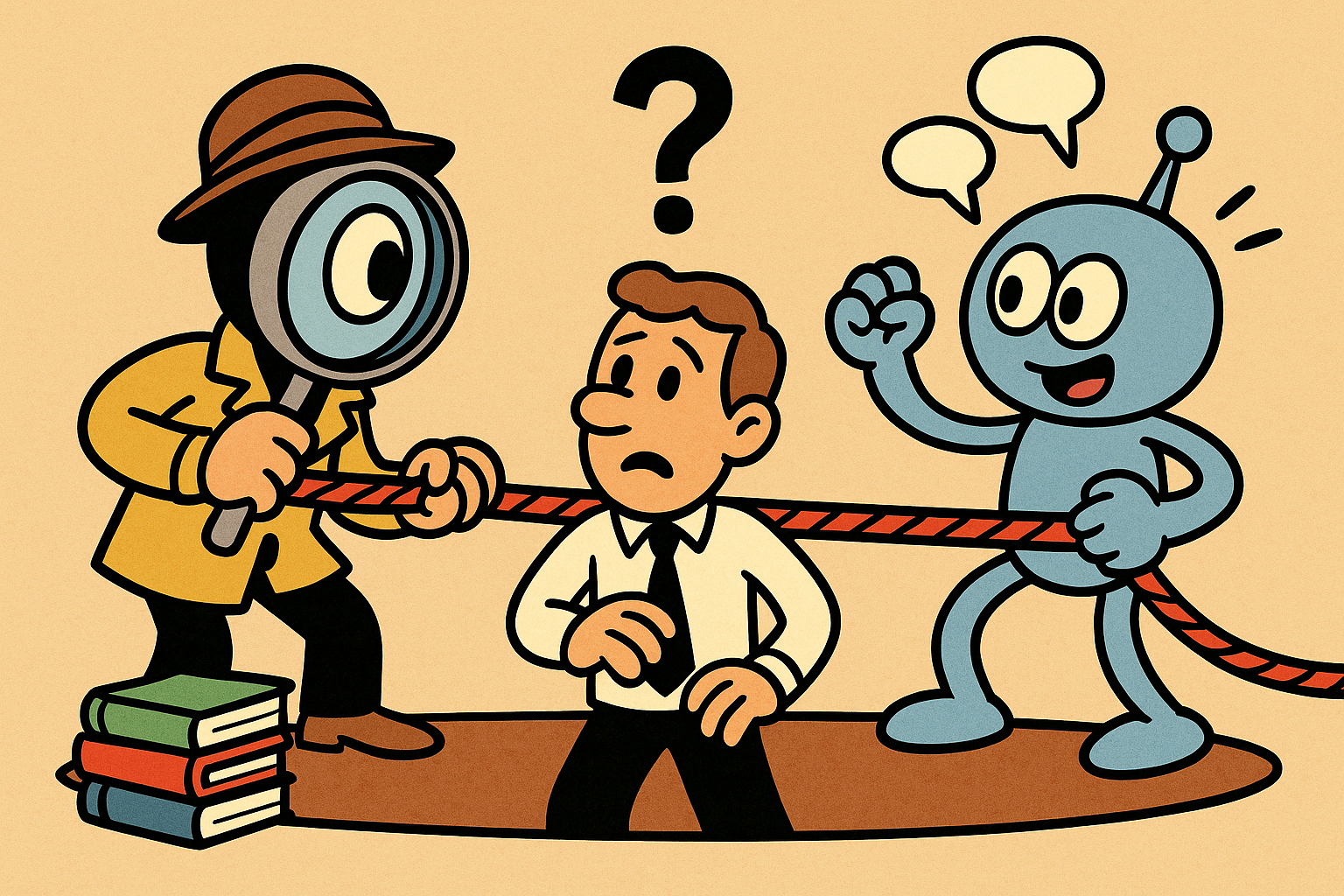
What is a Cookie? And Their Role in Shaping Your Digital Advertising Strategy
What is a Cookie? And Their Role in Shaping Your Digital Advertising Strategy
Ah, the illustrious cookie– the scrumptious morsel that won't expand your waistline but might just expand your online shopping cart. Picture this: you're surfing the web, innocently clicking your way through cat videos and conspiracy theories (don't worry, we don't judge). Suddenly, a wild pop-up appears! It's not a rare Pokemon, but rather a website asking for permission to leave a "cookie" on your device. You might be tempted to grab a glass of milk, but hold off – this cookie isn't edible unless you have a thing for silicon snacks.
So, what in the virtual world is a (digital) cookie? Well, it's not Grandma's secret recipe. Instead, think of it as a little digital crumb sent by websites to track online habits. It keeps tabs on the sites you or your customers visit, items added to a cart, and even late-night obsession with obscure 90s sitcoms. It's like having a personal assistant for your business who's always watching, but instead of serving tea, serves your customers specific ads. So, while it won't satisfy their sweet tooth, the digital cookie sure knows how to cater to your customer's online cravings.
So how can your business use these cookies to your advantage and develop a digital advertising strategy?
Picture this: you're browsing the web, looking for the perfect pair of sneakers (because clearly, you need more shoes), and you stumble upon a dazzling online store. You scroll through their collection, add a pair to your cart, and then, life happens – you get distracted by a video of a squirrel water-skiing. But wait, what's this? Days later, as you're scrolling through your favorite cat video website, there it is, like a mirage in the desert – an ad for those exact sneakers you almost bought. It's like the internet reads your mind, right? Wrong! It reads your cookies.
Now that we've peeled back the sugary curtain on cookies, let's talk business strategies, shall we? If you're a business owner looking to take full advantage of these digital delights, here are a few strategies to consider:
1. Well, why digital advertising in the first place? In today's business landscape, it's evident that your target audience allocates a significant portion of their time to online activities. In fact, business decision-makers are spending more time than ever investigating online before even engaging with a salesperson. So, engaging on the digital watering holes of your buyers is key. Traditional mediums like newspapers and magazines no longer hold sway over your prospective buyers' attention. Business decision-makers find themselves firmly entrenched in the digital age. To illustrate, a recent study conducted by Media Dynamics reveals that, since 1985, the average adult's digital media consumption at work has witnessed a remarkable 40 percent increase. Additionally, a parallel study from Nielsen reports an astounding statistic: the average American dedicates a staggering 11 hours per day to electronic media, encompassing TV, radio, internet, smartphones, gaming, and various other multimedia devices. Given the dynamic nature of your target audience, characterized by their frequent shifts across channels and devices, the question arises: How can your brand effectively engage with them? The answer lies in the realm of digital advertising. It serves as a potent means for your brand to establish a ubiquitous presence across diverse channels, ensuring that your message resonates with your audience consistently.
2. Determine your goals: It's hard to hit a target if you don't know what you are shooting for so make a conscious effort to determine if you are targeting net new customers, nurturing your existing clients with cross-sell or upsell opportunities, working on customer loyalty, or focused on branding.
3. Targeting with Precision: Cookies are like little breadcrumbs that lead you straight to your audience. Use them wisely to target your ads to specific demographics, interests, and behaviors. It's like shooting an arrow instead of throwing spaghetti at the wall and hoping it sticks.
4. Timing is Everything: Ever noticed how some ads seem to pop up right when you need them? That's no accident – it's clever timing. Use cookies to retarget users who have shown interest in your products or services but haven't quite sealed the deal. It's like giving them a gentle nudge when they're on the fence.
5. Don't Be a Stalker: While cookies are handy, nobody likes a creepy digital stalker. Be transparent about your data collection practices and give users the option to opt-out. It's like asking for permission before you swipe the last cookie from the jar – it's just good manners.
6. Measure and Adapt: Keep an eye on the digital cookie jar and regularly analyze the data it provides. Adjust your ad strategy based on what works and what doesn't. It's like a chef tweaking a recipe until it's perfect – but with fewer spills and more clicks.
7. Think Cross Channel: Finally, digital advertising should be part of a broader holistic marketing strategy that encompasses various channels and broadcasts your key selling points consistently across various mediums. Be it in-store, on the web, in social, or in direct ads, when clients see a consistent message across all channels you have a higher likelihood your key messages will sink in and a greater likelihood your efforts will lead to lasting engagement.





